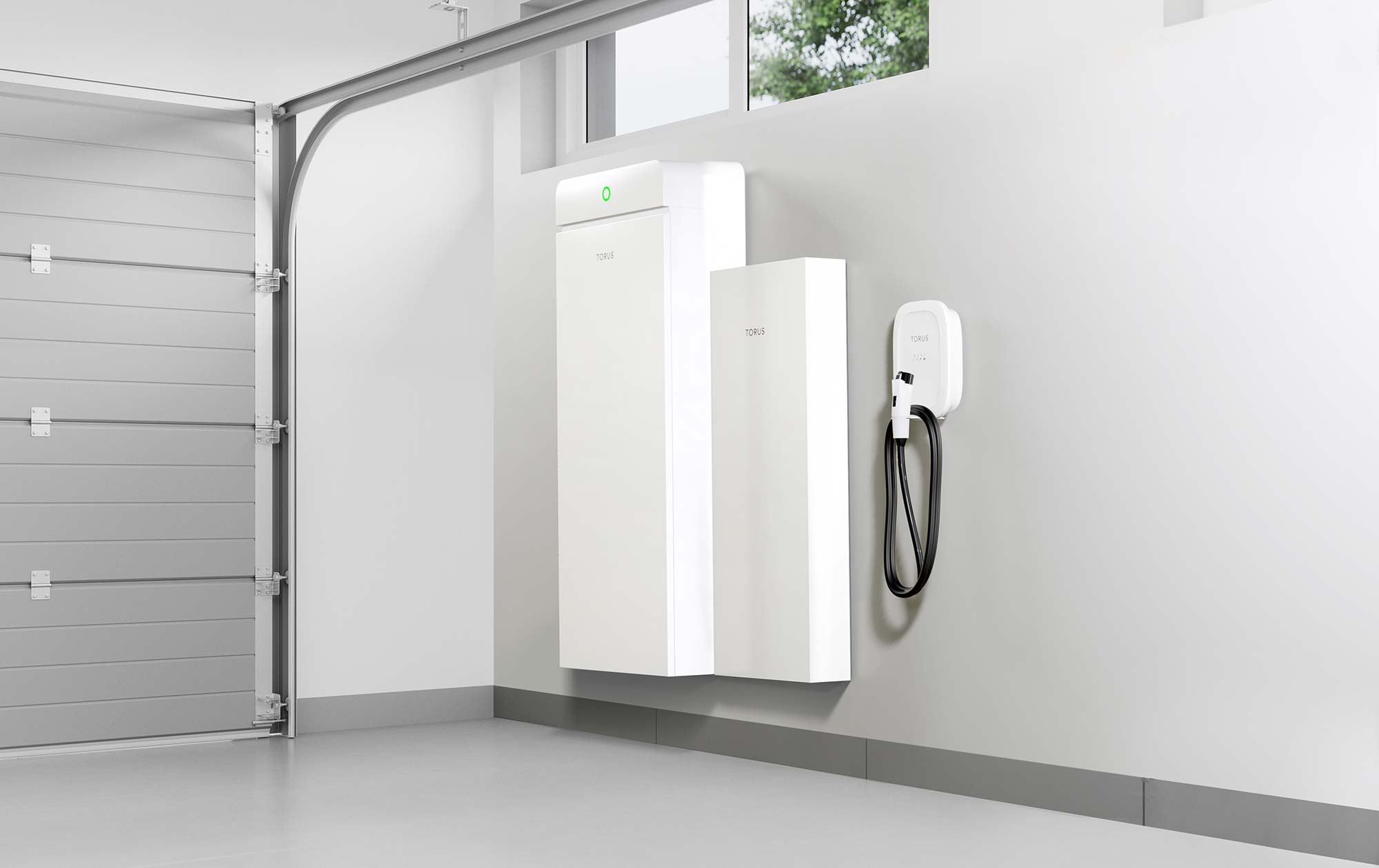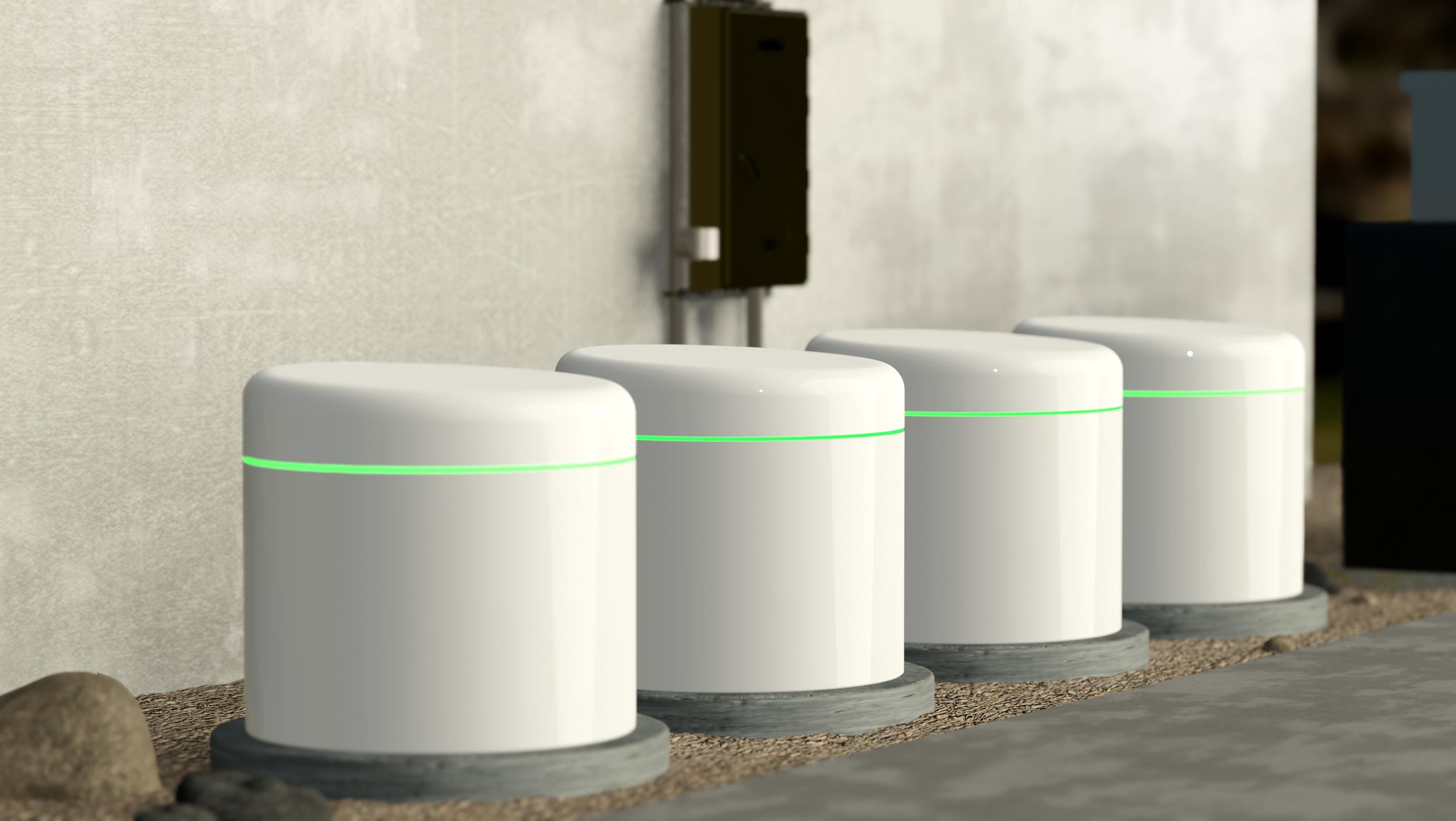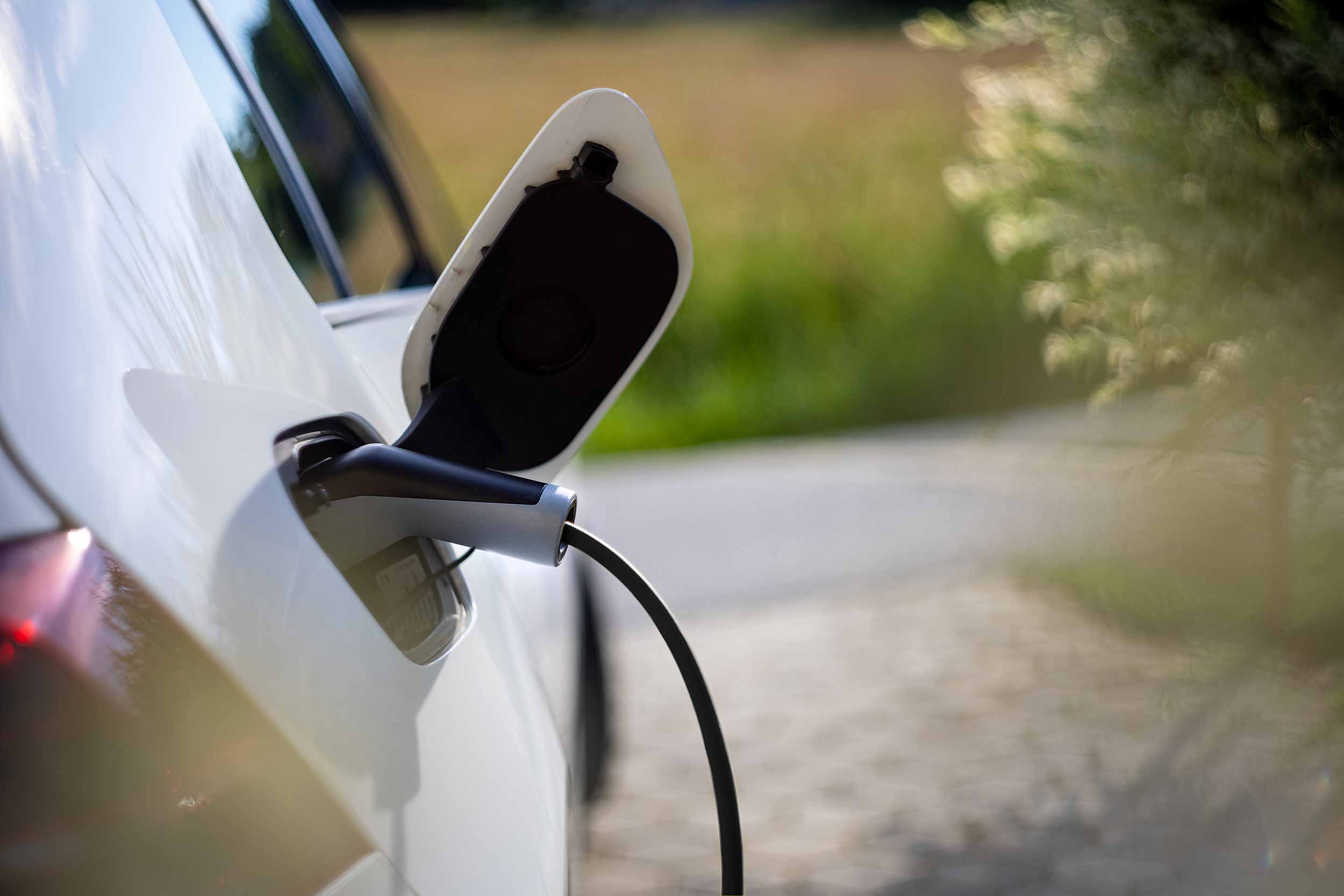What is Green Power?
How to create energy that’s better for your home and our planet
As we pursue a cleaner, greener, and more sustainable future, the importance of transitioning to renewable energy sources cannot be overstated. But what exactly are they? Green power, also known as renewable energy or clean energy, plays a vital role in reducing our dependence on traditional fossil fuels and mitigating the environmental impact of conventional energy generation. Below, we’re discussing exactly what green power is, how it’s produced, and the benefits it offers for both the Earth and for us.
Defining Green Power:
Green power refers to electricity generated from renewable resources that have a minimal impact on the environment. These resources include solar energy, wind power, hydroelectric power, geothermal energy, and biomass. Unlike conventional power sources that rely on fossil fuels, green power is derived from naturally replenishing sources that do not deplete finite resources or release harmful greenhouse gas emissions during operation.
Sources of Green Power:
- Solar Energy: Solar power harnesses the energy from the sun through photovoltaic panels or solar thermal systems. Photovoltaic panels convert sunlight directly into electricity, while solar thermal systems use sunlight to generate heat, which can then be converted into electricity.
- Wind Power: Wind turbines capture the kinetic energy of the wind and convert it into electrical energy. As the wind spins the turbine blades, a generator produces electricity, which can be fed into the grid for consumption.
- Hydroelectric Power: Hydroelectric power utilizes the gravitational force of falling or flowing water to generate electricity. It is produced by capturing the energy of water in rivers, dams, or tides, which turns a turbine connected to a generator.
- Geothermal Energy: Geothermal power taps into the Earth's internal heat to generate electricity. This process involves extracting heat from beneath the Earth's surface and converting it into usable energy through geothermal power plants.
- Biomass: Biomass energy is generated by converting organic matter, such as agricultural waste, wood, or dedicated energy crops, into heat or electricity through processes like combustion or anaerobic digestion.
Benefits of Green Power:
- Reduced Carbon Emissions: Green power sources produce little to no greenhouse gas during operation, contributing significantly to mitigating climate change and reducing carbon emissions. By transitioning to renewable energy, we can minimize the environmental impact associated with conventional power generation.
- Energy Security and Independence: Relying on abundant and renewable energy sources enhances energy security and reduces our dependence on imported fossil fuels and our vulnerability to price fluctuations. Green power also diversifies the energy mix, promoting a more resilient and sustainable energy system.
- Job Creation and Economic Opportunities: There’s a massive opportunity for the renewable energy sector to generate employment opportunities and stimulate local economies. Investing in green power infrastructure, such as solar and wind farms, creates jobs in manufacturing, installation, operation, and maintenance.
- Improved Air Quality and Public Health: Green power sources do not release the pollutants or particulate matter associated with fossil fuel combustion. Shifting to cleaner energy reduces air pollution, improving overall air quality and public health outcomes, leading to fewer respiratory illnesses and associated healthcare costs. Embracing green power is not only a responsible choice but also a necessary step towards achieving a more sustainable and resilient world.
The Torus Station is the most effective way to create, store, and manage clean, renewable energy at home.
Curious? Learn More.
Interested in a free consultation? Get in Touch
Ready to commit? Customize your system




